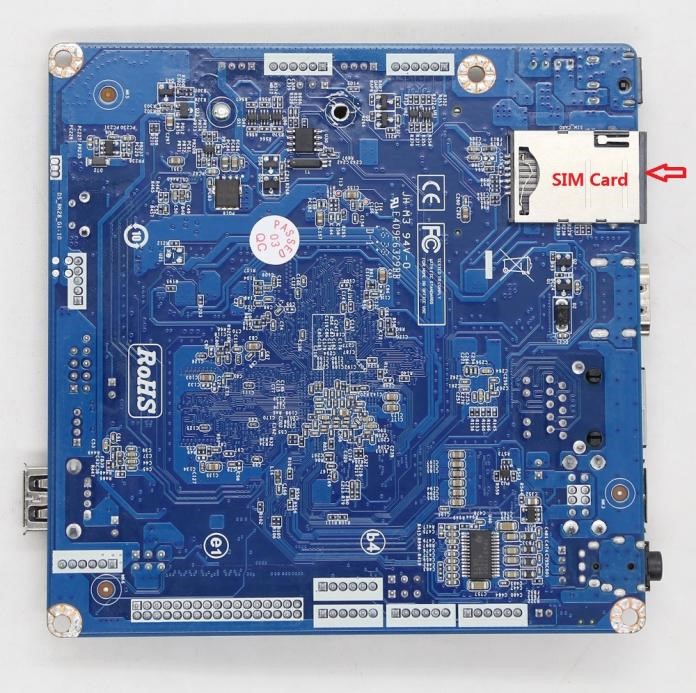FR1 and FR2 are the same. Comparing FR1 with its TG 130 to FR2 which has a TG less than 105. Some laminate producers that make FR1 do not make FR2 as the costs and usage of both products are similar.

FR3 is essentially FR2. It uses epoxy resin instead of phenolic adhesive.
FR4 is a glass fibre epoxy laminate. It is the most common PCB material. The thickness of this material is 1.60 mm (0.06 inches). Eight layers of glass fibre material are used in FR4. The maximum ambient temperatures are 120-130 degrees depending on thickness.
In China, FR4 has the highest usage of PCB bases, followed by FR1 then FR2. FR1 or FR2 is usually used for 1 layer PCBs, as they do not work well for through-holes. Multi-layer PCBs should not be built using FR3. FR4 should be the first choice. FR4 can be used to make PCBs of any thickness, from single-layers to multi-layers. Using FR4, PCB manufacturers can produce a variety PCBs. This makes quality control and management easier, while reducing costs.
Shenzhen Yt-electronic: It is evident from the above analysis that FR4 PCBs are the best option on the market. Although some materials are cheaper, they can only make boards with a single layer, and their reliability is poor. They are therefore only used to make simple and one-layer circuit boards.









